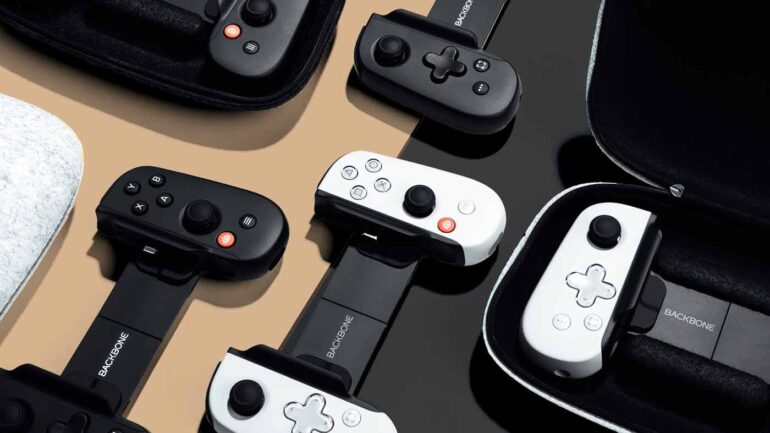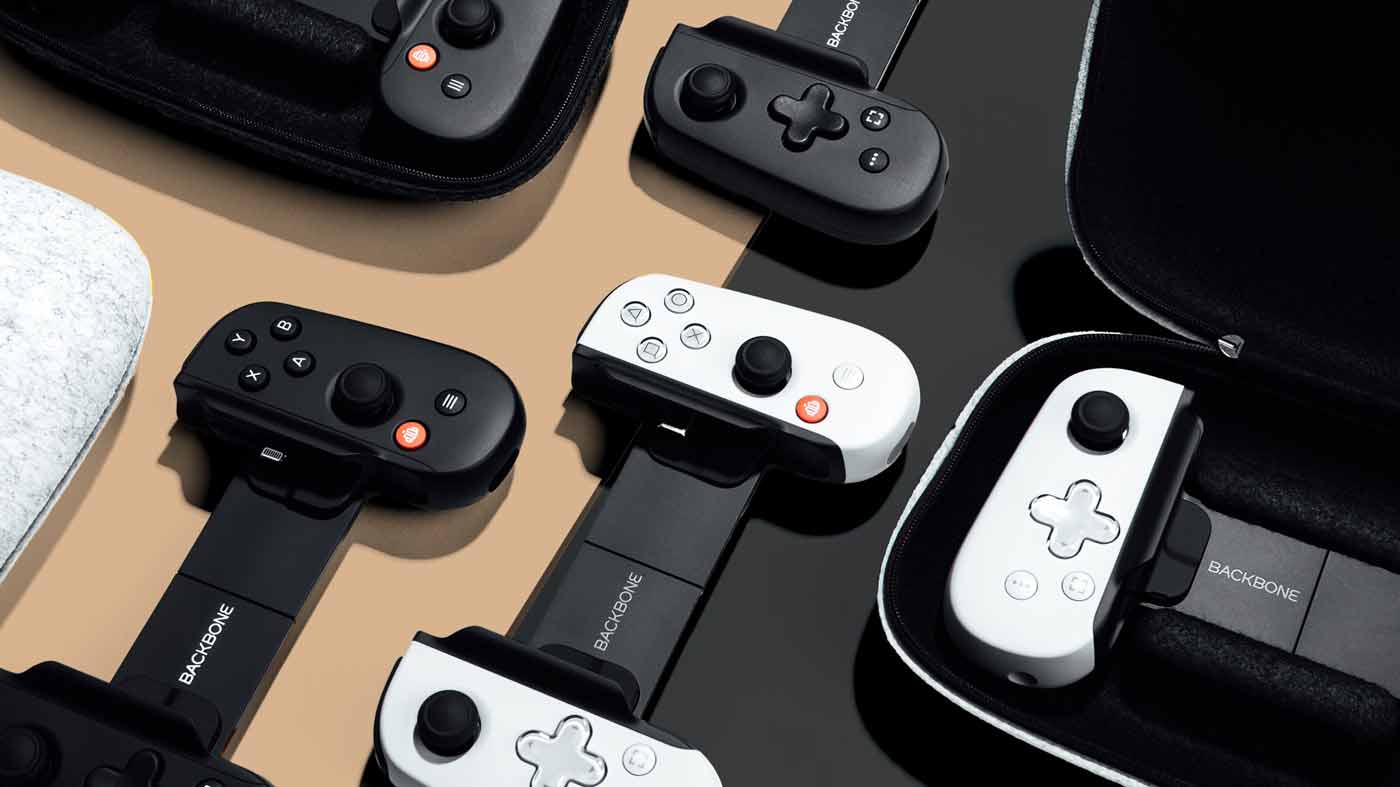I first jumped into the Backbone ecosystem last year, after the company introduced an Android-compatible version of the Backbone One PlayStation Edition. It very quickly become a regular feature in my gaming time, most often for quick bouts of whatever PS5 game I had going at the time via Remote Play but also a surprising amount of Xbox Cloud Gaming, which continues to blow my mind with how well it functions.
The only downside to my Backbone One, so far, has been taking it on and off as I use it. It’s a simple enough process, and it’s secure enough on my phone, but there’s always been something in my brain that trips up when my phone doesn’t look like it’s quite lined up perfectly with the controller and taking my Pixel 8 Pro’s protective case off each time I want to use it is an annoying added step.

Cue the 2nd-generation Backbone One, which is a mostly-familiar refresh of the device that adds just enough tweaks to make it worth a look-in whether you’re yet to own one or you use your existing Backbone One as regularly as I have been. At first glance, it’s largely unchanged from the previous generation, and why would it be when the original Backbone One is so good? But the minor upgrades it does have are going to make a big difference to some.
The biggest change here is the way phones fit into the Backbone One. The second-generation version still uses the same spring-loaded, extending bridge that allows you to slip your phone onto the integrated USB-C connector and then let the clamping force of the two controller halves keep it in place. Now though, each side features swappable, magnetic mounts to accommodate a broader range of phone shapes and sizes, along with some minor adjustments to the overall shape and a slightly-longer range of extension.
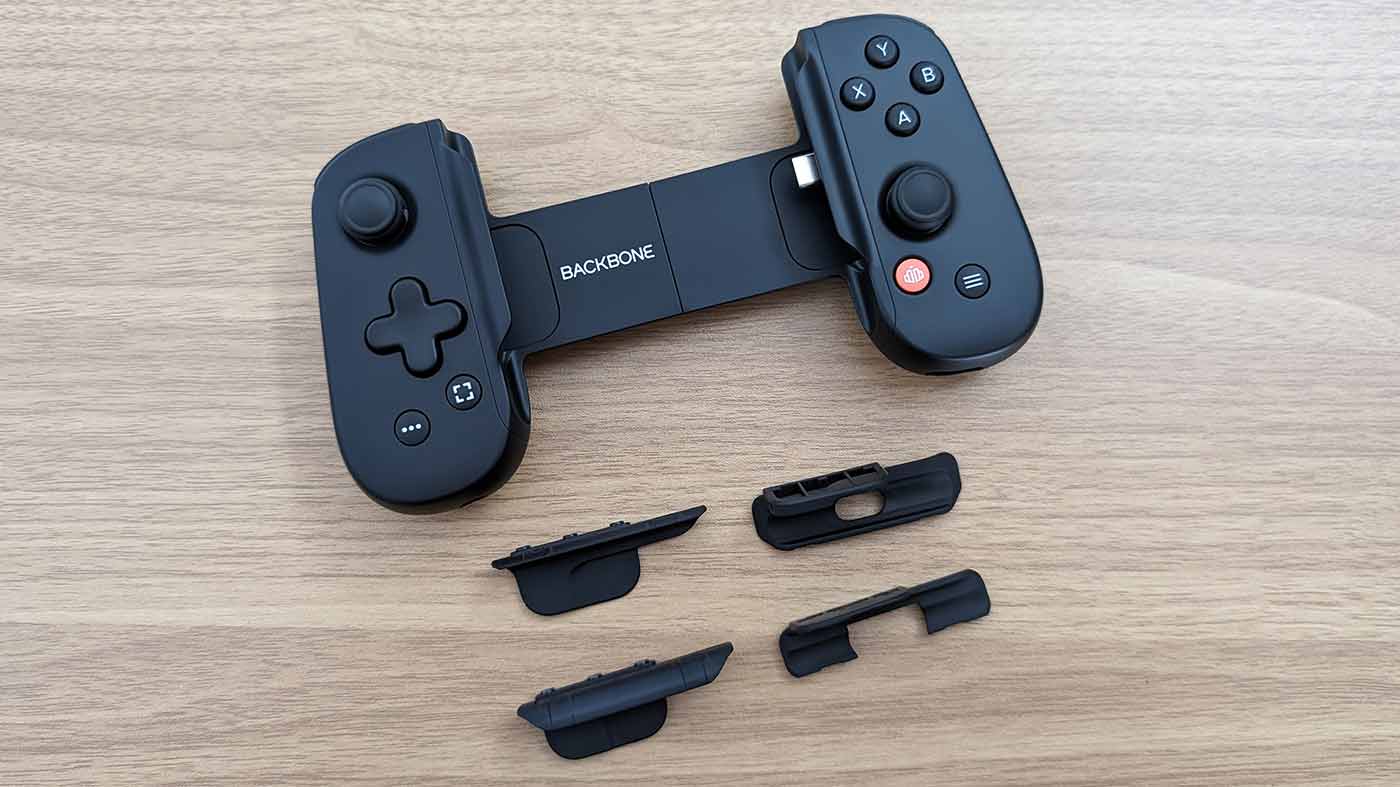
What this essentially means is the 2nd-gen Backbone One should fit a much wider variety of phones, especially larger ones that are synonymous with mobile gaming. It also means it’s totally possible to bung your phone in with the case still attached, which in the case of my Pixel 8 Pro was as simple as just taking the mounts out altogether – giving the USB-C connector enough real estate to go all the way in and keeping everything feeling very snug and secure. Although I obviously can’t speak to every phone, my partner’s iPhone 15 was much the same, so if you’re rocking Apple’s latest you’re in good hands here.
And of course, this new iteration of the Backbone One is entirely USB-C based so it’s compatible across just about every modern Android phone and the latest suite of iPhones, including passthrough charging via the USB-C port under the right handle.
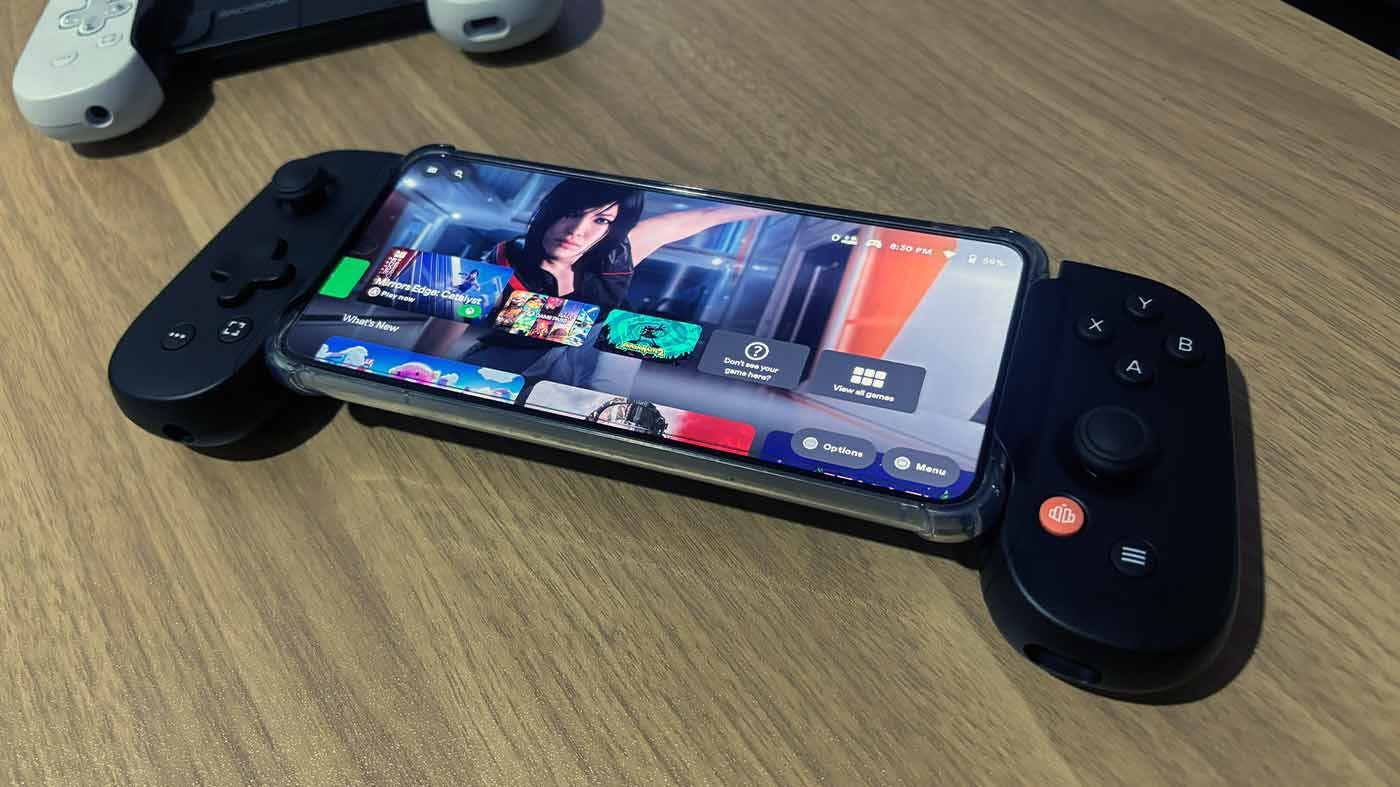
Elsewhere, things are pretty well on par with the previous generations. Backbone says that it’s made improvements to the d-pad and face buttons to “ensure even more precise and responsive input,” and although I can definitely see some physical differences mostly in the way that the edges of the d-pad are less rounded, in actual use it’s not really noticeable – at least as far as things like Xbox Cloud Gaming and basic games like Fortnite go. I’m sure if anyone out there is playing native fighting games that demand twitch inputs there could be a tangible difference. And the good news is the existing experience was already great when it comes to overall comfort and the quality of the buttons, sticks and triggers, so any uptick is just a bonus.
In my review of the Backbone One Playstation Edition for Android, I noted that, “everything performs nicely with a fairly quick response and the Backbone One feels seriously comfortable and satisfying to use, so overall it’s still a great choice for anyone serious about mobile gaming and remote play. Aside from Xbox and PlayStation games, I also spent a bit of time with Honkai: Star Rail and Ubisoft’s new The Division: Resurgence, which both felt exactly like the console-level experience their respective developers wanted to impart once I had a console-like controller in hand.”
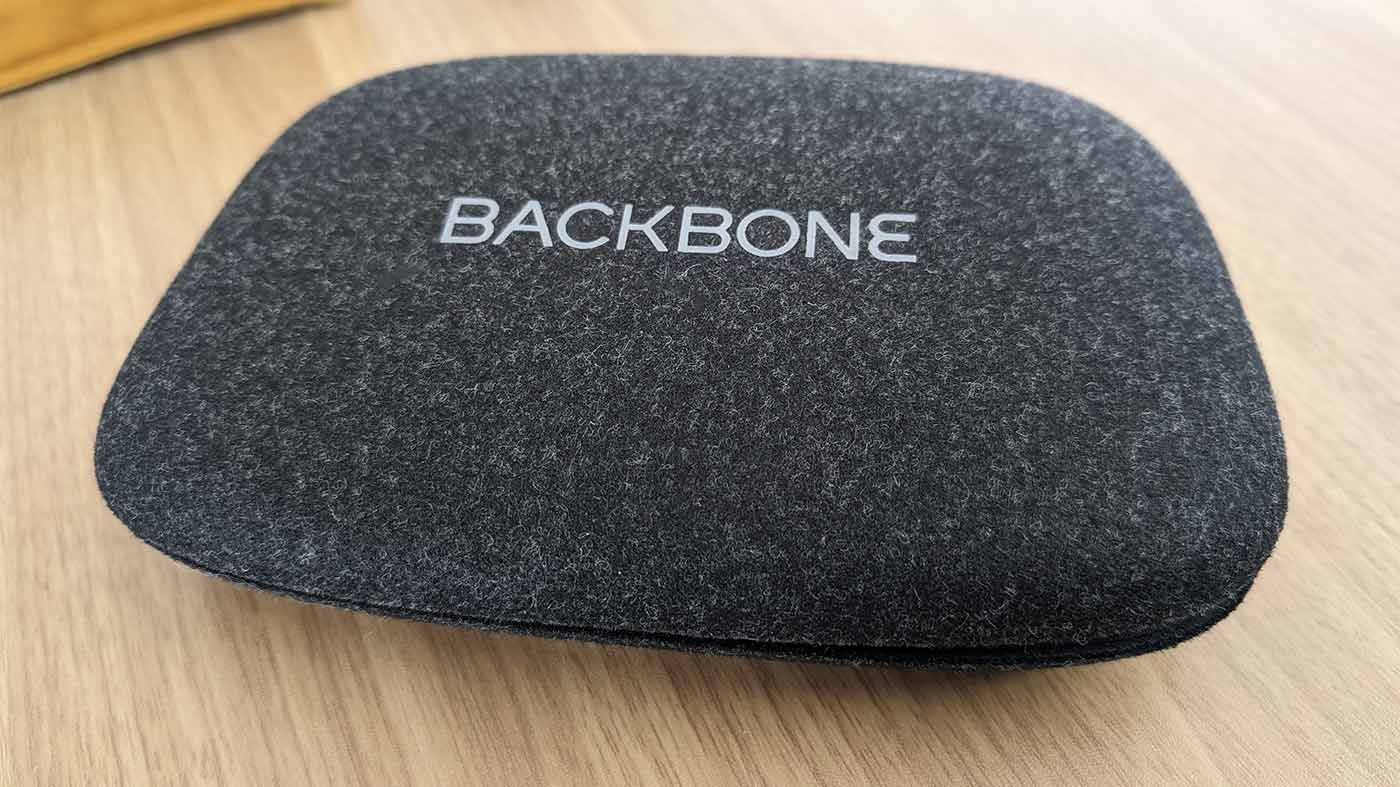
That great experience continues in the dedicated Backbone app, which does a great job of organising your games across multiple services, whether they’re natively installed from the Play Store, App Store or Apple Arcade, or they’re streamed from the likes of Xbox Cloud Gaming, GeForce Now or using PlayStation Remote Play. It’s got some handy party and chat features as well as built-in video capture, editing and streaming capabilities, although all of the most useful features of the Backbone App are locked behind a subscription service called Backbone Plus.
Naturally, the controller itself will work without paying a subscription fee and you’ll have access to things like screenshots and game-specific button remapping, but paying for the full app experience might be too much of a sting for some. At $179 RRP, the Backbone One is already a significant investment (and halfway to a PlayStation Portal if you’re mostly heading in that direction). Be prepared to maybe chuck in another $39 for the new, official carry case as well, because it’s bloody nice.


